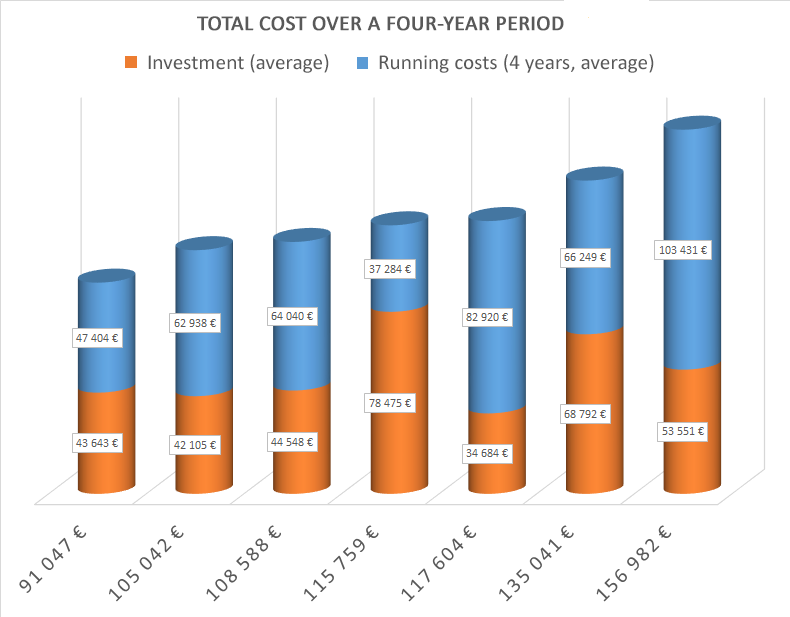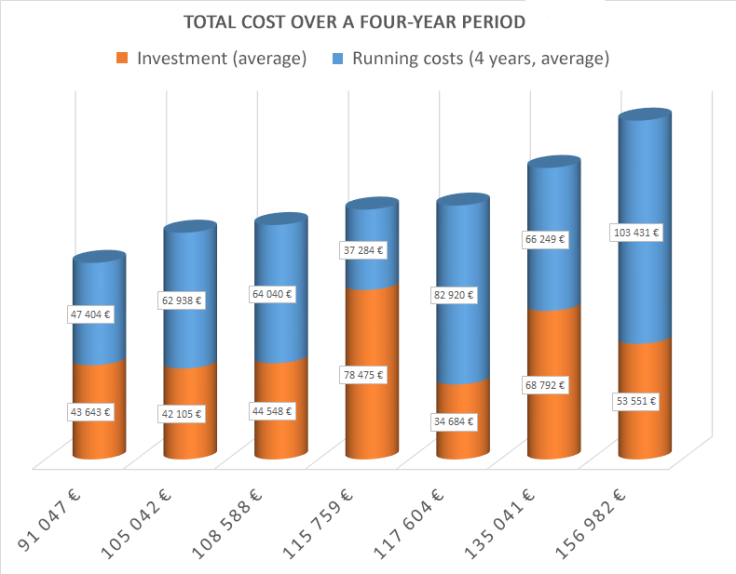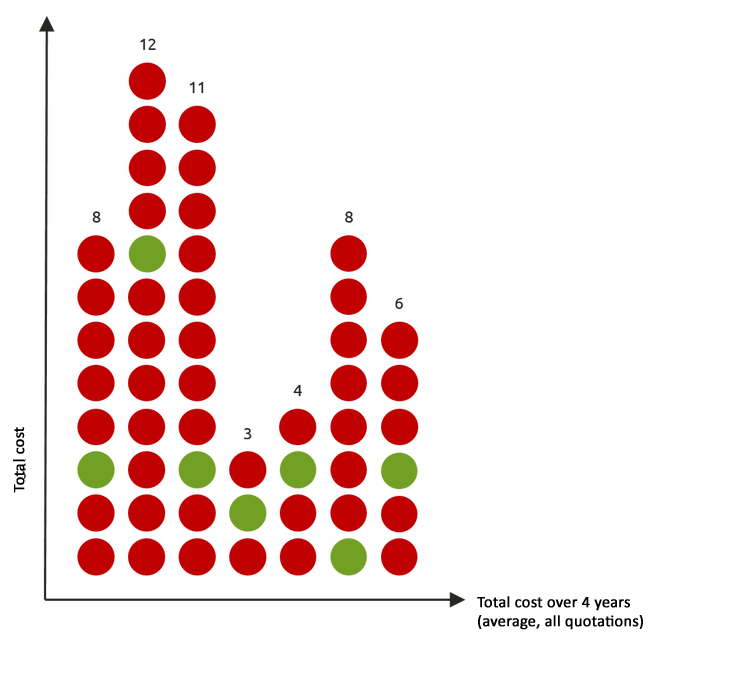Setting up a simple Office 365 intranet is a rather straightforward task. With the appropriate license, basically anyone with SharePoint administrator rights may click their way through setting up one. In the fortunate event that one actually knows what they are doing, the result may actually be a very good intranet. This is what we used to do at North Patrol in the past, and this is likely what is currently being done in many smallish organizations where working is greatly focused on documents. Convenient for sure, especially since there are no costs in addition to licensing.
North Patrol is a consulting firm specialized in the design of digital services and information systems. We shape ideas into a vision and service concept, find the best architectural and technological solutions, design a functional user experience, and compete to find the ideal partner for implementation work. We do not sell implementation projects, nor do we sell licenses; we are genuinely on the side of the customer.

However, in an organization of any considerable size, this method simply does not work. What is needed is a proper plan for what is communicated and published, why and for whom, what are the situations where people use the intranet, and what kind of devices are used. Moreover, everything should look pleasing to the eye and align with the corporate visual identity – the fact remains that O365's basic themes are more or less limited in this aspect. This is when it is advisable to draw up a proper intranet concept and/or requirement specifications, and send requests for proposals for the implementation work.
Save money by avoiding customization
Our clients who have ended up with an O365 intranet implementation have basically accepted the model recommended by Microsoft themselves, that one should avoid tailor-made customizations. When one gets along with the default building blocks, the price for the implementation project is reduced dramatically. However, this does not have to mean that one must content themselves with the basic themes and rough appearance that SharePoint has to offer.
By now, vendors have had plenty of time to familiarize themselves with how the appearance of SharePoint Online can and should be tweaked so that the outcome fits the company's visual guidelines better, is pleasing to look at, and works nicely on a mobile device as well. Vendors have also honed their own delivery models so that the working hours required for an implementation project stay reasonable. This is positive development, at least for the client.
So how much does it cost, then?
In this post we summarized the pricing information from seven Office 365 intranet RFP processes which we participated in as facilitators. 52 quotations from 20 different vendors were received. VAT and Office 365 licensing fees are not included in the prices.
There were no project offers without any customization work, but a few vendors provided quotations that only contained less than 10 man-days (MD) of customization. In those cases, the implementation project would only include the licenses for the vendor's proprietary product/concept, standardized O365 intranet implementation based on the aforementioned product/concept, and a few days worth of small development work. The other extreme was represented by project offers which required significant amounts of customized functionalities, such as profiling or integration to backend systems, to be built into the intranet. On average the amount of work in the implementation project quotations was 63 MD, which means that playing with the default building blocks is clearly not enough.
Moreover, significant differences could be found in initial investment requirements (including cost of labor, one-time licensing fees for vendors' proprietary products/concepts, and other non-recurring fees). The cost of investment was 22 400 euros minimum, 144 225 euros maximum, and 52 257 euros on average.
There was a great variation also when calculating the total cost over a four-year timespan. This time, the maintenance fees and other recurring costs were included in the amount in addition to the initial investment. The total cost ranged from 66 194 € to 295 464 €. The average cost for the four-year period was 118 580 euros.

Maintenance and further development doubles the budget
In addition to the rather substantial price deviation between implementation projects, the sizable budget that must be reserved for the post-implementation period is worth mentioning. In our quotation comparison, the reference price is always the total cost over a four-year period, which contains the initial investment as well as monthly maintenance fees and other recurring costs, including some extra work each month based on the hourly fee quoted by the vendor. One should pay attention to the extra work variable early on, since it is most likely to occur.
The graph represents total cost averages over a four-year period, and it contains the data from all seven RFPs included in this summary. Each column is divided into initial investment (orange) and running costs (blue). The graph reveals clearly that the maintenance and further development costs are at least equal to the implementation project budget in almost every instance.

Price is still not king
Just like in our previous WordPress comparison, we can conclude that you cannot win with low pricing alone in the Office 365 world, either. In the following graph, the green color indicates the price of the winning bid in relation to the other tenderers' prices (lowest price below, highest on top) in each RFP case. Only one out of seven projects was won by the cheapest quoted total cost over a four-year period. More emphasis was put on quality-related criteria, such as the special needs of the client, the suitability of the delivery model compared to the client's own working methods, maturity of the solution model products as well as the reliability of the solution in the ever-changing Office 365 environment.

A word about Office 365 licensing
Especially in large organizations, one of the most important factors affecting intranet costs is the amount of Office 365 licenses required. This was left out of this summary, but already in an organization of a few hundred employees, you can more or less double the total cost over a four-year period, in case the necessary licenses must be paid from the same project budget.
Quite honestly, it is rarely worth it to buy O365 licenses for an intranet alone. In the projects included in this summary, O365 licenses had been acquired due to other reasons, such as email and office solutions (Word, Excel, PowerPoint etc.). In this case, choosing SharePoint Online as the intranet platform would be well justified.
Office 365 intranet – it's a buyer's market
Avoiding customization sets the technical vendors into an interesting market position. When everyone has the same building blocks, it is increasingly more difficult for the vendors to differentiate themselves from the competition by technical expertise and basic O365 intranet implementations alone.
Therefore, recent competition has been focused more on how to make the basic O365 intranet look visually more pleasing, how to make the UI responsive, and which added-value functionalities can be added to the basic intranet by using one's own stock solutions – without any need for customer specific customization. And all this should be done with the lowest budget possible, and – hopefully – according to Microsoft's best practices. A delightful setting for the intranet buyer for sure.


